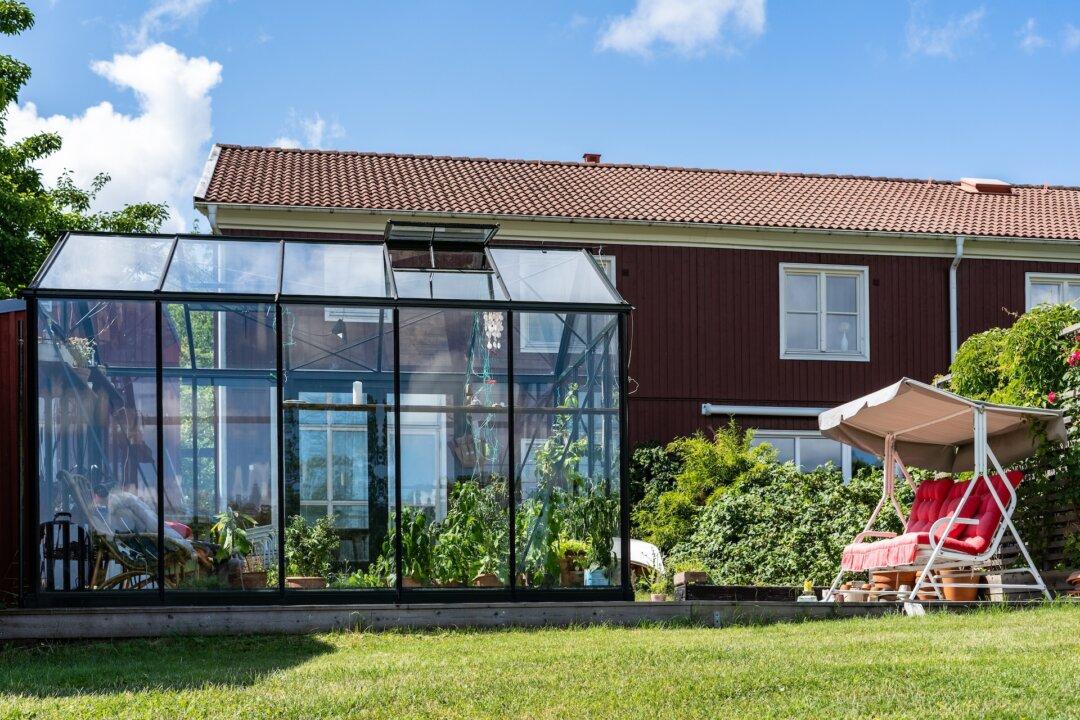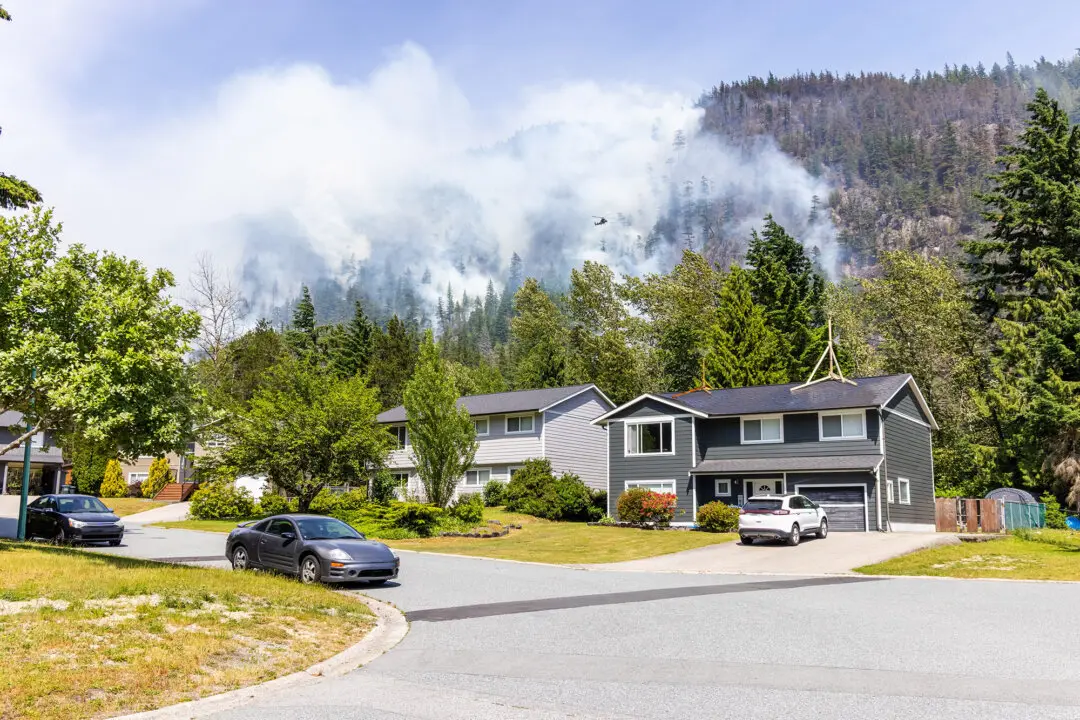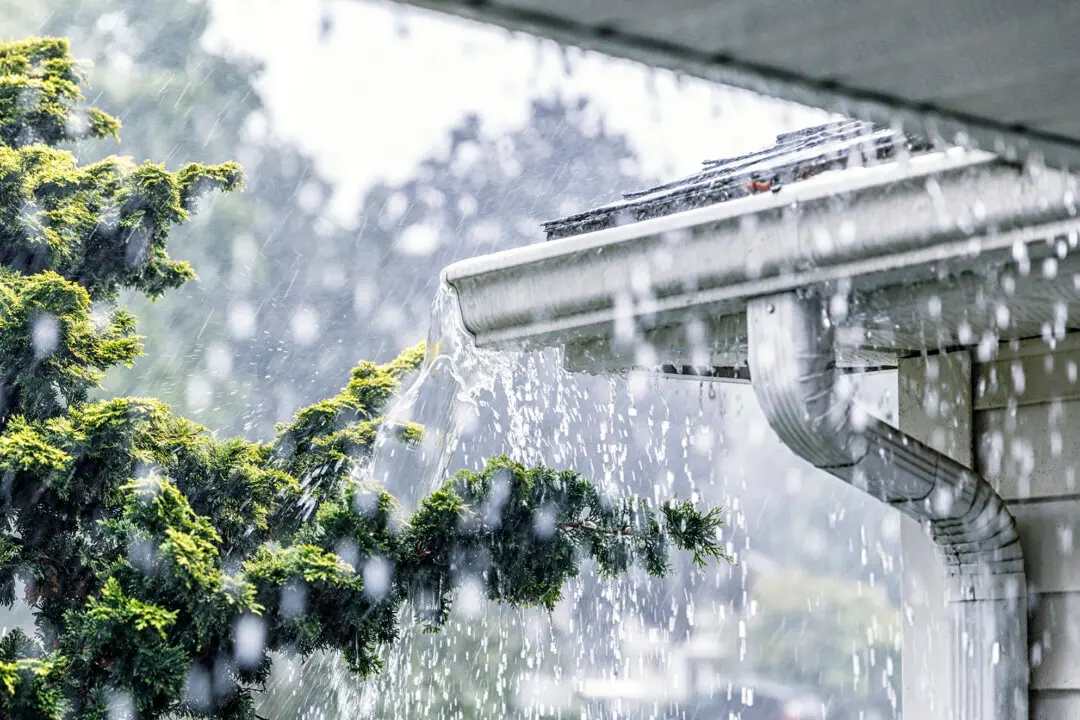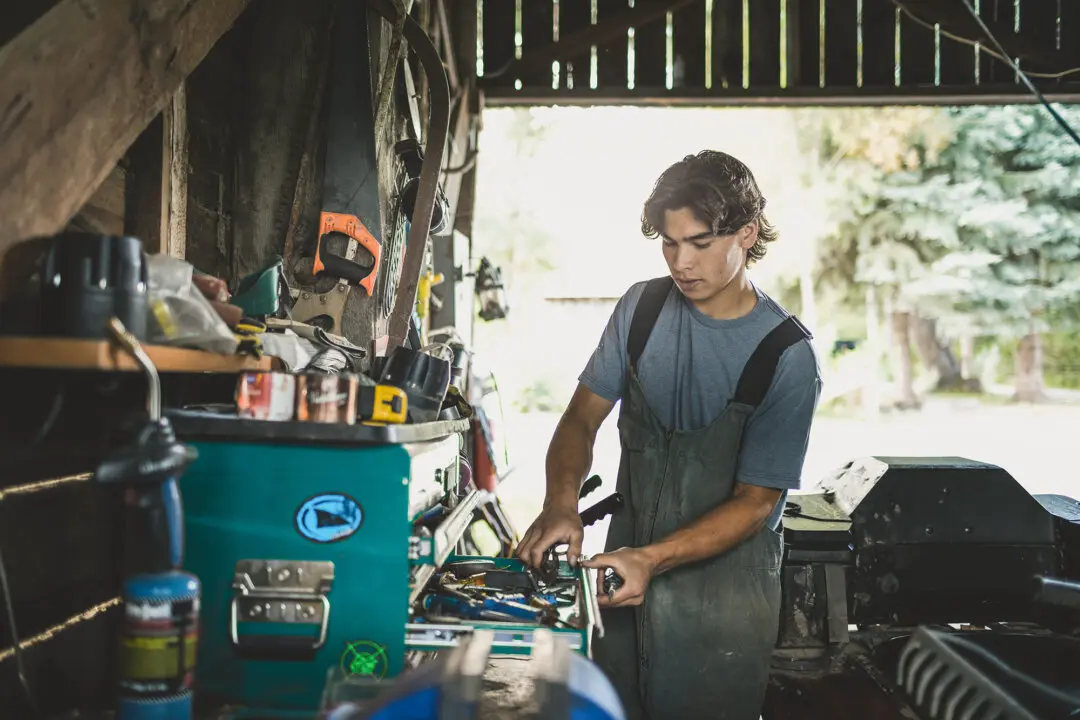Greenhouses rank high on every gardener’s ultimate wish list, and with good reason. They allow even the least experienced gardener to get a jump on a season, extend one, garden year-round, or grow successfully in an area where otherwise there would be too much pressure from pests, diseases, or predators.
Greenhouses fall into two general categories: compact and portable mini greenhouses (some small enough to fit on a balcony and broken down and stored when not in use) and large structures that can be either free-standing or attached to the home. Initial considerations include where it can be placed on a property (greenhouses need sun), whether it will need heating and cooling, and—here’s the biggie—how much time to dedicate to its upkeep.





